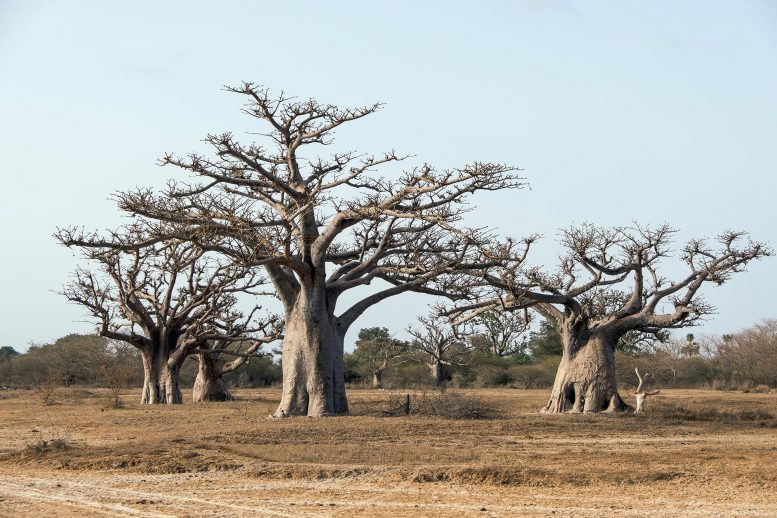
Adansonia is a genus of deciduous trees known as baobabs that are found in arid regions of Madagascar, mainland Africa, Arabia, and Australia.
A research team led by Washington State University has found that while drylands around the world will expand at an accelerated rate because of future climate change, their average productivity will likely be reduced.
The study, published in Nature Communications today (April 3, 2020), is the first to quantify the impact of accelerated dryland expansion under future climate change on their gross primary production. Drylands, which primarily include savannas, grasslands, and shrublands, are important for supporting grazing and non-irrigated croplands around the world. They are also an important player in the global carbon cycle and make up 41% of Earth’s land surface and support 38% of its population.
“Our results highlight the vulnerability of drylands to more frequent and severe climate extremes,” said Jingyu Yao, a research assistant in WSU’s Department of Civil and Environmental Engineering and lead author on the paper.
Using satellite data of vegetation productivity, measurements of carbon cycling from 13 sites, and datasets from global models of future climate change, the researchers found that the productivity of drylands will increase overall by about 12% by 2100 compared to a baseline from about 10 years ago. However, as drylands replace more productive ecosystems, overall global productivity may not increase. Furthermore, due to expected changes in precipitation and temperatures, the amount of productivity in any one dryland area will decrease.
In addition, the researchers found that expansion among different types of drylands will lead to large changes in regional and subtype contributions to global dryland productivity.
Drylands will experience substantial expansion and degradation in the future due to climate change, wildfire, and human activities, including changes to their ecosystem structures as well as to their productivity, said Heping Liu, professor in the Department of Civil and Environmental Engineering and corresponding author on the paper.
Because these regions are already water-stressed, they are particularly sensitive to temperature or precipitation changes. Warming temperatures from climate change and more frequent and severe droughts threaten their biodiversity as well as their ability to take in and hold carbon.
Especially in developing countries, the degradation of dryland ecosystems could have strong societal and economic impacts, said Yao.
These changes have already started happening in the last few decades. In the U.S. Southwest, the introduction of invasive species has changed dryland regions from green to brown. Precipitation changes in Australia, which is composed almost entirely of drylands, have meant a dryer continent with dramatic impacts and Mongolia’s grasslands have deteriorated because of warmer temperatures, less rainfall, and overgrazing.
While the drylands’ productivity is important for supporting people, these areas also play a critically important role in annual carbon cycling. They help the planet breathe, absorbing carbon dioxide every spring as plants grow and then breathing it out in the fall as they become dormant. Because the growth of dryland ecosystems is very sensitive to changes in rainfall and temperature, drylands show the most impact of any ecosystem in year-to-year changes in the carbon cycle.
Understanding their role in future carbon cycling can help researchers determine how to best preserve areas of high carbon uptake.
“In our society, we are not paying much attention to what’s going on with dryland regions,” Liu said. “Given their importance in global carbon cycling and ecosystem services, a global action plan involving stringent management and sustainable utilization of drylands is urgently needed to protect the fragile ecosystems and prevent further desertification for climate change mitigation.”
Reference: “Accelerated dryland expansion regulates future variability in dryland gross primary production” by Jingyu Yao, Heping Liu, Jianping Huang, Zhongming Gao, Guoyin Wang, Dan Li, Haipeng Yu and Xingyuan Chen, 3 April 2020, Nature Communications.
DOI:10.1038/s41467-020-15515-2
Zhongming Gao, a postdoctoral scholar in Liu’s group, is another co-author of the work. In addition to WSU, the team included researchers from Lanzhou University, Lanzhou, China; the CAS Center for Excellence in Tibetan Plateau Earth Sciences, Beijing; Fudan University, Shanghai, China; Boston University; the Chinese Academy of Sciences; and the Department of Energy’s Pacific Northwest National Laboratory.
The work was funded by the U.S. Department of Energy Office of Biological and Environmental Research as well as the National Natural Science Foundation of China.

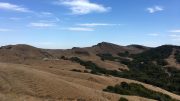

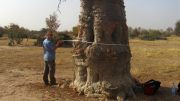
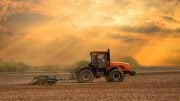
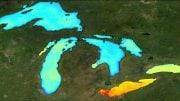

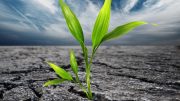

شكرا